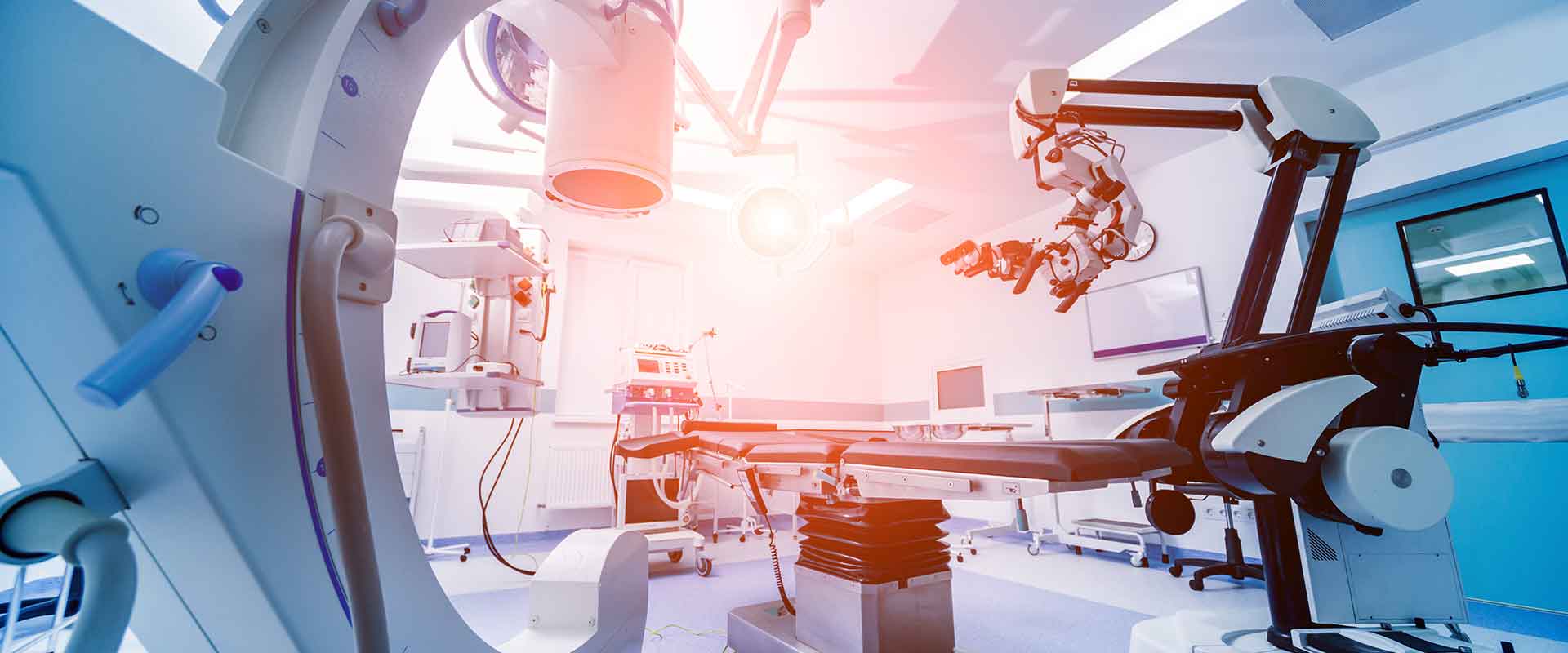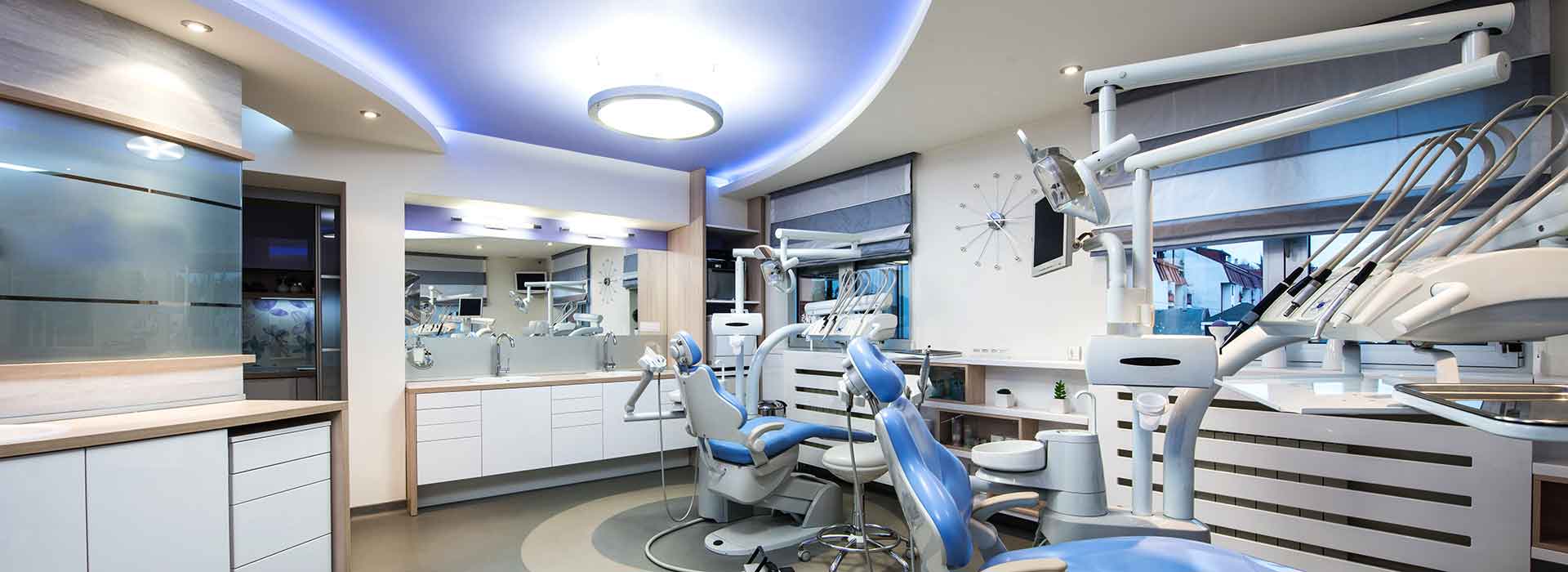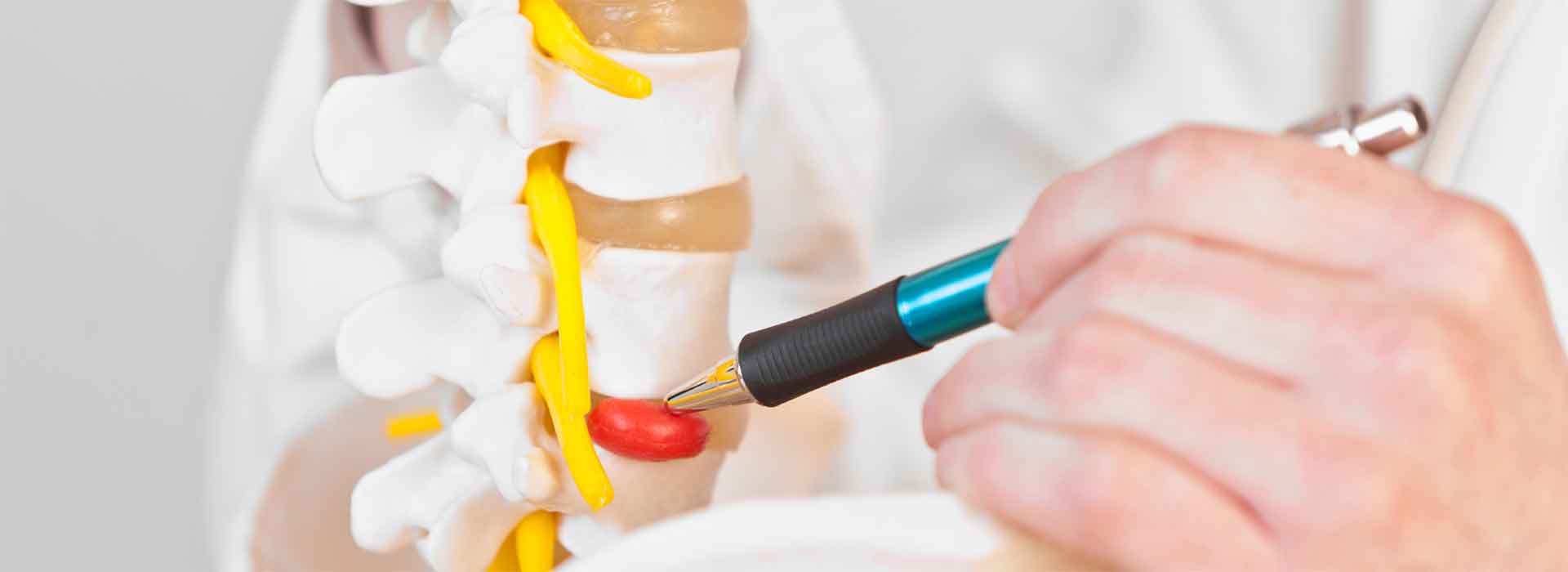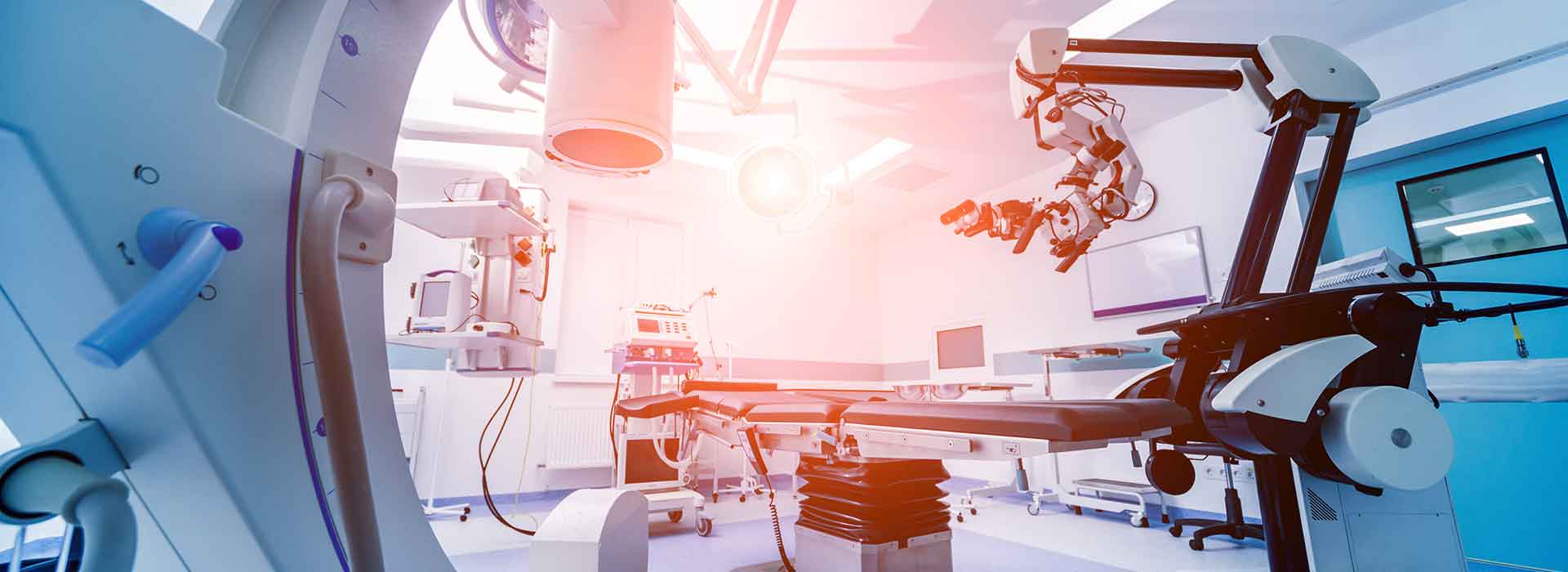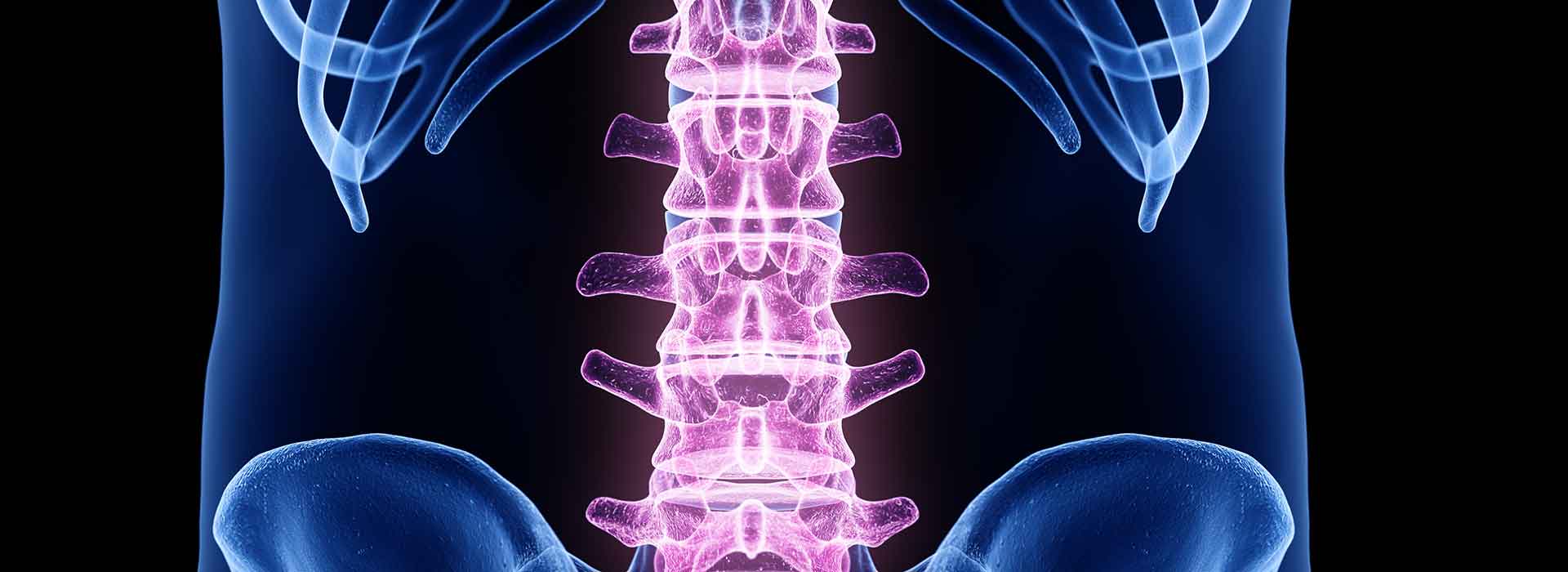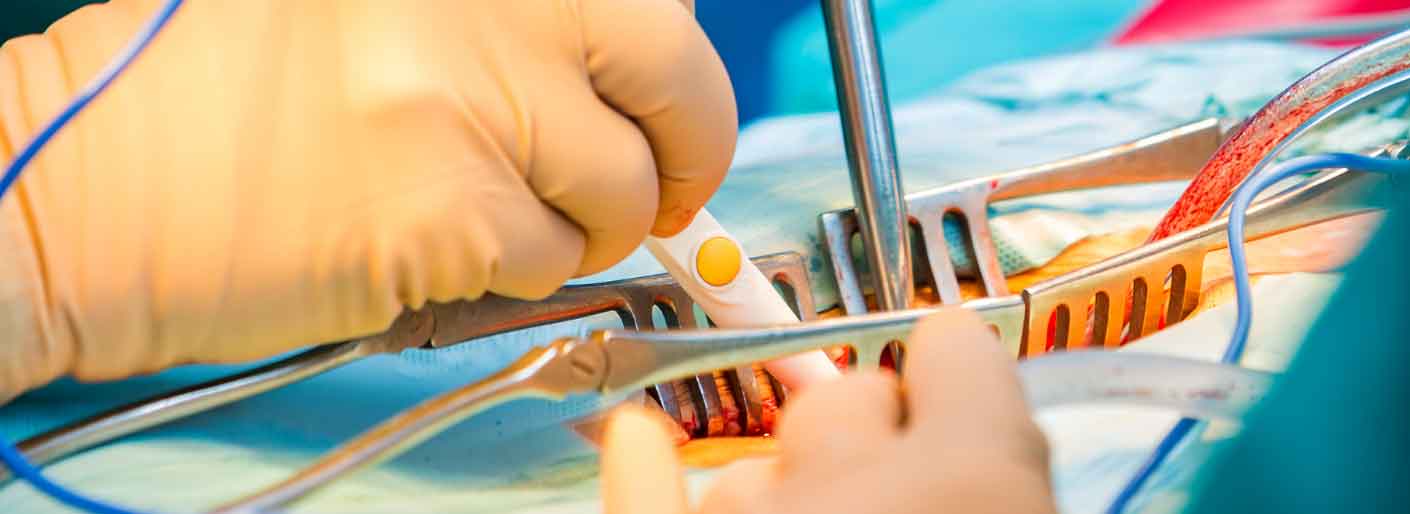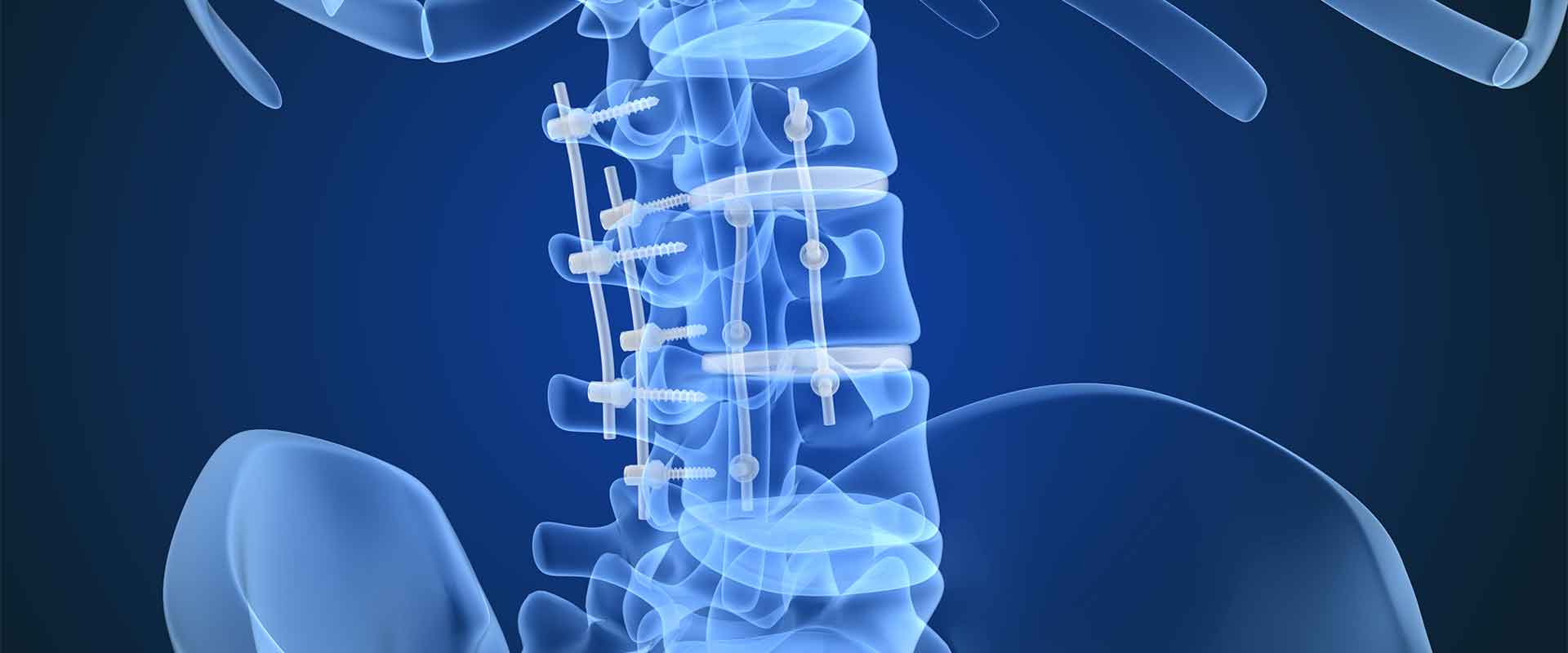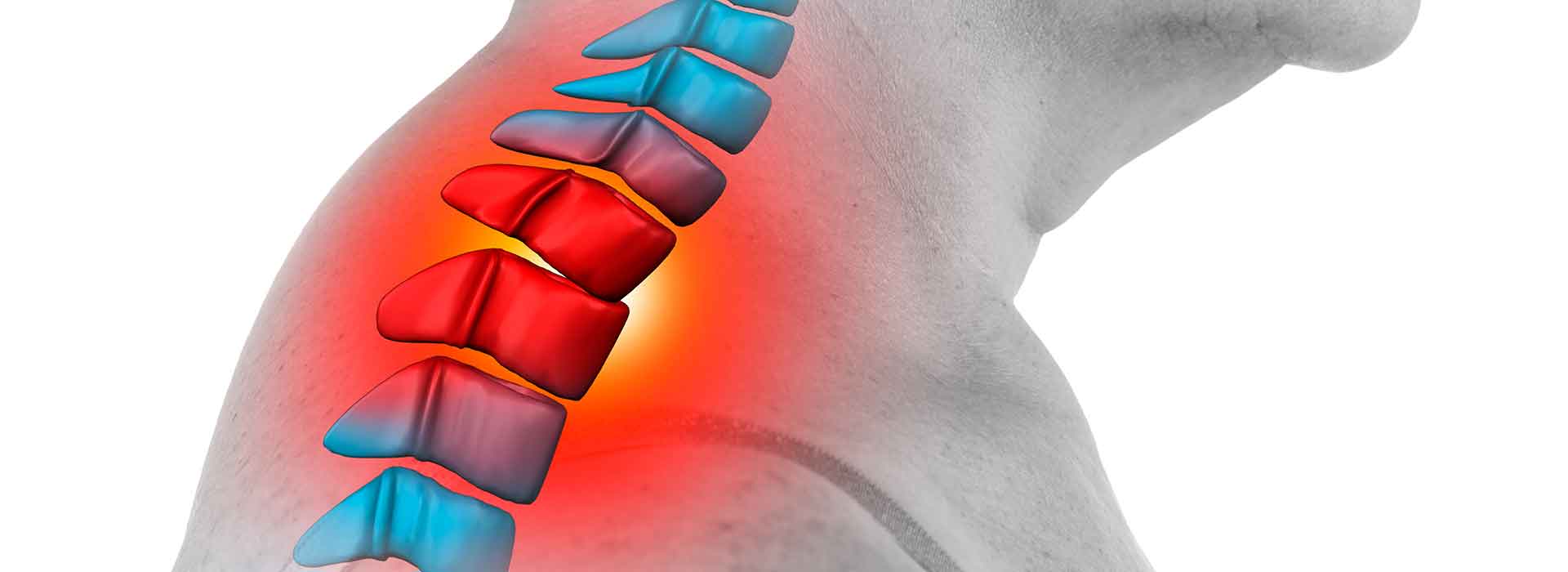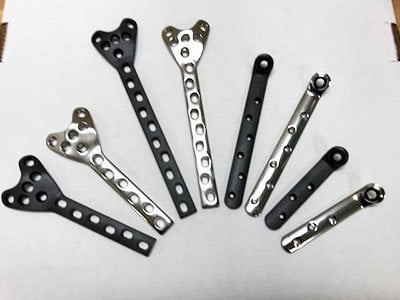The future of medicine is made from plastic, as everything from single-use instruments to long-term in vivo devices feature polymers. High-performance polymers, in particular, are serving a large role in several areas of medicine, including spinal implant, orthopedic and trauma fixation applications.
Plastic biomaterials have a nearly limitless ceiling in terms of what they could do in medicine. Their unmatched processability and versatility means they can be developed for nearly any medical use.
High-Performance Polymers are Leading the Way
There are many plastics useful in medicine, but high-performance polymers are at the center of this biomaterial paradigm shift. High-performance polymers refer to plastics that exhibit an elite range of material properties, most of which are comparable or superior to metal, ceramic and other biomaterials. Among high-performance polymers, PEEK stands out for its utility in many applications. The material can be found in procedures that span multiple disciplines.
Spinal Fusion
The first commercially viable, long-term implantable medical PEEK devices were interbody fusion cages, and they were introduced to the market in the late 90s. It’s been about 20 years since that introduction, and PEEK is already considered the frontline choice for spine cages among many medical professionals.
That’s not surprising because PEEK’s properties make it a perfect fit as an interbody fusion cage. PEEK has a modulus that is similar to bone and its non-opacity nature means the material won’t produce visual interference on MRI, CT and X-rays scans. It flexes like bone, it bears weight like bone, and it doesn’t interfere with medical imaging – all essential traits in a spinal implant.
Much of the research into improved PEEK implants is focused on making more effective fusion cages. This area of development is promising, as new cages facilitate better integration with bone and reduce complications.
Trauma Fixation
PEEK’s favorably high modulus and strength makes it an effective trauma fixation material, and it can be made into bone plates and anchors. PEEK’s resiliency is especially useful in trauma fixation applications, helping promote controlled bone growth through stabilization is key to healing. Since PEEK retains its shape even after repeated stress, it can hold its position and remain anchored while the fractured bone heals.
Orthopedics
As the population ages, the number of people who need, or will need, a replacement joint is increasing. More than one million people in the U.S. receive a replacement knee or hip every year, so there is a need for better replacement joints.
For decades, replacement joints have been made from metal, but the problem with metal is that it’s too stiff to mimic the exact function of bone. Metal bears too much weight, and that may seem like a positive, but it results in stress shielding, which occurs when a bone is no longer sufficiently stimulated by weight stresses. These stresses are essential because without them, bone declines in mineral density, and that can increase the chances of suffering a fracture.
PEEK doesn’t suffer from this same problem, especially when it is used in its carbon-reinforced, or CFR, form. CFR PEEK is extremely similar to bone in how it bears weight, so it will help preserve neighboring bone. PEEK’s resiliency is also important in replacement joint procedures, as it can handle the intense compressive forces exhibited in knee or hip movement.
Cardiovascular
PEEK serves an entirely different purpose in cardiovascular applications, as its bone-like modulus isn’t relevant here. What is relevant, though, is how PEEK can be manufactured into flexible, durable components and tubing using cost-effective extrusion processes.
In the vascular environment, PEEK can serve as catheter tubing or to deliver a device like a replacement valve or stent. The polymer is perfect for this role because it resists friction while remaining flexible enough to steer deployment. Both ensure PEEK tubing can be guided through the cardiovascular network with ease.
PEEK is also found in pacemakers and ablation catheters, as its electrical isolation properties help guard patients from accidental shocks or burns. PEEK has found use in major cardiovascular surgeries like the less invasive ventricle enhancement (LIVE) procedure. During a LIVE procedure, a PEEK anchor is positioned over the left ventricle to support its position and function. PEEK’s strength and resiliency ensure it can handle the heart’s unceasing mechanical action.
Plastic Medical Devices are in Millions of Patients
According to a 2015 study published in the Journal of Bone and Joint Surgery, approximately seven million Americans have a replacement joint. That number will increase as the population ages, so replacement joints are some of the most important medical devices for the future of medicine. PEEK’s role in medicine is also expanding as it is an effective alternative to metal and ceramic in replacement joints.

